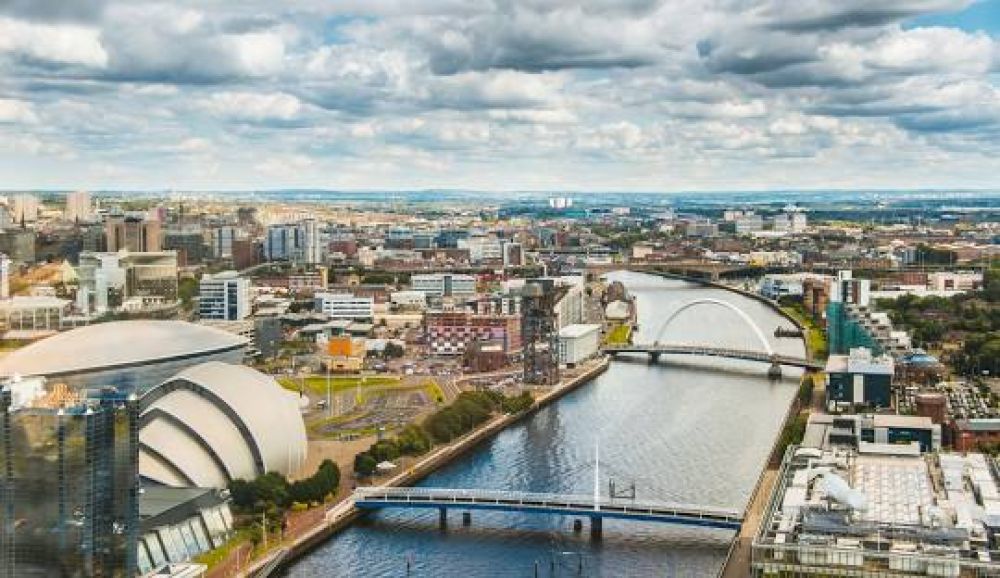

Glasgow, the largest city in Scotland and the third largest in the United Kingdom, has a rich history of tourism that has evolved alongside the city’s industrial growth and cultural developments. During the Industrial Revolution, Glasgow emerged as a powerhouse of engineering and shipbuilding, not typically associated with tourism. However, its prosperity led to the creation of impressive Victorian and Edwardian public buildings and spaces which later became significant tourist attractions.
The earliest forms of tourism in Glasgow were largely related to its position as a hub of commerce and industry, with business travelers and merchants frequenting the city. It was not until the late 19th and early 20th centuries that Glasgow began to be recognized for its cultural and architectural prowess, drawing visitors interested in its museums, galleries, and stunning architecture.
One of the pivotal moments in Glasgow's tourism history was the hosting of the International Exhibition of Science, Art and Industry in 1888, followed by the Glasgow International Exhibition in 1901 and the Empire Exhibition, Scotland in 1938. These events put Glasgow on the international map and showcased the city's cultural and industrial life.
In the post-war years, urban regeneration efforts helped transform Glasgow, and significant investment in the late 20th century further developed its tourism infrastructure. The Glasgow Garden Festival in 1988, and the award of the title European City of Culture in 1990 brought about a renaissance in Glasgow's tourism, highlighting its vibrant arts scene, rich heritage, and lively nightlife.
The city’s tourism also got a boost when Glasgow was designated UNESCO City of Music in 2008. With venues like the Royal Concert Hall, the SSE Hydro, and the iconic Barrowland Ballroom, Glasgow has solidified its reputation as a top destination for music lovers worldwide.
More recently, Glasgow’s tourism industry has seen a shift towards sustainable tourism practices, with the city committing to become carbon neutral by 2030. There has been a significant interest in the city's green spaces, such as the Glasgow Botanic Gardens and Kelvingrove Park, as well as in sustainable dining options that celebrate Scotland's natural larder.
Another modern trend is the focus on experiential travel. Tourists are increasingly seeking authentic experiences, such as engaging with local artisans, attending live music sessions, or sampling local delicacies at the city's many eateries and food markets.
With developments in technology, virtual tours have also gained popularity, allowing individuals to "visit" Glasgow's attractions, such as the Kelvingrove Art Gallery and Museum and Glasgow Cathedral, from the comfort of their homes.
Glasgow’s future in tourism looks bright, with continued efforts to enhance visitor experiences, investments in cultural festivities like the annual Celtic Connections music festival, and hosting international events such as the COP26 summit which placed Glasgow at the forefront of global discussions on climate action.
In conclusion, from its industrial beginnings to its present status as a diverse cultural hub, Glasgow's tourism history is a testament to the city’s adaptability and enduring appeal. The blend of historic attractions with the pursuit of modernity and sustainability ensures that Glasgow remains an exciting and relevant destination on the global tourism map.